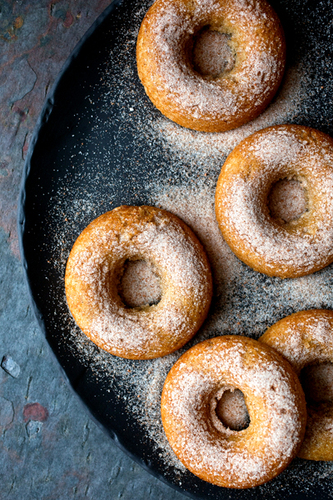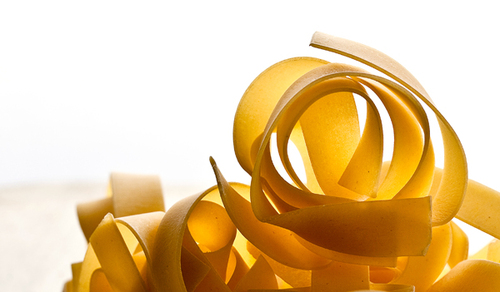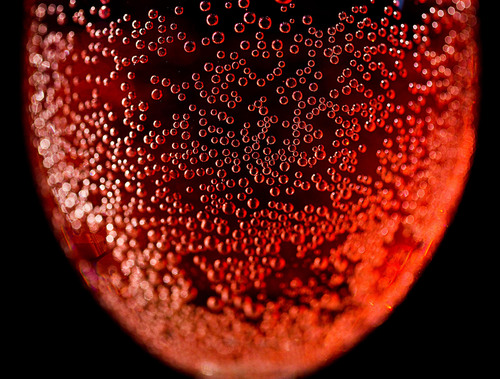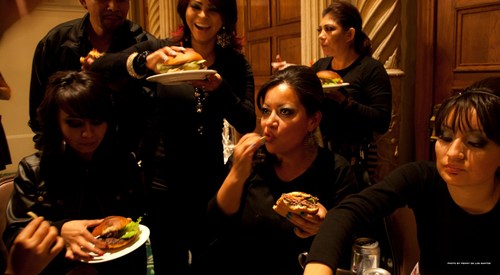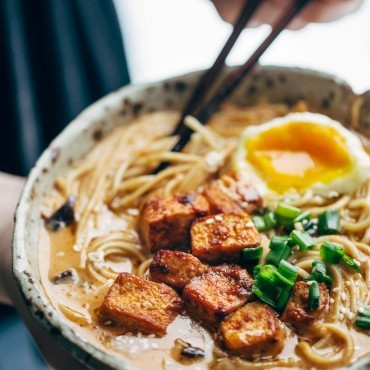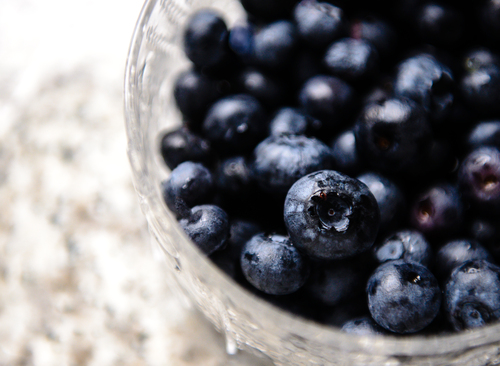Photo: Andrew Scrivani
There is one thing that unites us across cultures, is present in every family, and is a way for all people everywhere to share a common experience: Food. Food is essential to relationships, family ritual, and comfort. Thus, it is no surprise that food is photographed so often.
Many photographers are interested in improving their food photography skills because food is such a popular subject and because it is so important to telling clients'stories.
The tips from the best food photographers below can help any photographer, or aspiring photographer, get started photographing food.
Photo: Andrew Scrivani
For Budding Food Photographers:
Photo: Andrew Scrivani
Andrew Scrivani is a food photographer and food stylist and CreativeLive instructor whose work has appeared in The New York Times, Eating Well, Magazine and many other publications and ad campaigns. His website and Instragram accounts are drool-worthy.
Andrew's top five tips for budding food photographers are:
1:Learn the camera you have. If you really want to shoot food or anything else well you need to understand your tools. If you can master whatever camera you have and learn how to get the results you want out that camera...then you'll always have the skills that translate to any camera. Teach a man to fish...
2. Master the use of daylight techniques for food photography. Most food photography in the marketplace right now is either using or mimicing daylight. The general principle is to use or create a very large light source (i.e. the sun) then soften and shape that light to flatter your subject.
3. If you are interested in food photography...learn about food. One of the great benefits that I have had in my career is an intimate knowledge of my subject matter.
4. Partner with a stylist. It is really hard to cook, style and photograph food on your own. If you have someone to share in the creative process with you will both progress much faster.
5. Either learn how to use Photoshop or partner with someone who does. You will need to shoot RAW images and you will need post-production expertise to make those RAW files into usable images. This is an essential skill for photographers.
Photo: Andrew Scrivani
For Capturing Culture & Food:
Photo: Penny De Los Santos
Penny De Los Santos is a photographer for National Geographic and Seveur and is the presenter for several classes on food photography including Food and Culture Photography.. Her experience photographing culture led to a specialty in photographing food culture. Penny explains how she approaches photographing stories involving food culture:
1.In all photography, and food photography is no exception, the foundation of a great photo is rooted in a moment: a split second where all elements of an image: composition, color, light, come together succinctly to convey a feeling, an emotion and reveal a story.
2.In my case when I'm photographing food culture in the field I'm looking for elements of that. If I'm in a market, on a farm, behind the counter of a bustling restaurant kitchen I'm constantly looking for those elements that convey a sense of place and a moment while revealing a story.
For Bloggers:
Photo: Lindsay Ostrom, Pinch of Yum
Lindsay Ostrom from Pinch of Yum is a blogger, food photographer, and author of the Tasty Food Photography eBook shares her tips for food photography for food (and other) bloggers:
Photo: Lindsay Ostrom, Pinch of Yum using Lowel EGO lights indoors
1.Focus on lighting. There's no comparison to the light from the sun, so use natural lighting whenever possible. The best way to utilize it is to angle the light from the side or the back of food. If you must use artificial light, you're going to get the best results by using a special light that is made to simulate natural light. The light that I use is the Lowel EGO Digital Imaging Tabletop Fluorescent Light Unit.
2.Shoot from above. If you're photographing a flat food or your dish is difficult to capture, shoot from above with some styling to really make it pop. This angle is especially popular for Instagram photos.
3.Shoot in manual mode. Shooting in manual allows you to control much more of the aspects of your photo than shooting on auto. Invest some time in understanding aperture, shutter speed, and ISO so you can really take advantage of your DSLR camera.
Photo: Jamie Davis Smith

